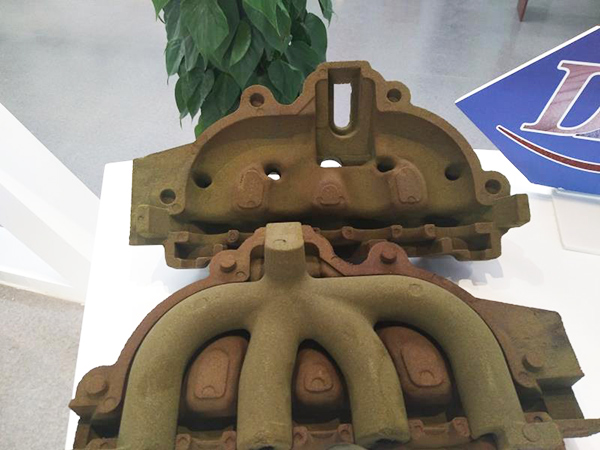How to Sand 3D Prints A Comprehensive Guide
3D printing has revolutionized the way we create objects, allowing for incredible versatility and customization. However, many 3D prints come off the printer with a less than perfect surface finish. Sanding is a critical process that can help you achieve the smooth finish your project needs. In this guide, we'll cover the essential techniques and tips for effectively sanding your 3D prints.
Understanding the Need for Sanding
When you 3D print an object, especially with Fused Deposition Modeling (FDM) technology, the surface may display layer lines, rough patches, or other imperfections. These can detract from the aesthetic quality of your print, making sanding an essential step for both functional and visual refinement. Scenarios where sanding can significantly improve your print include preparing models for painting, ensuring they fit together snugly, or simply enhancing their overall appearance.
Tools Required
Before you begin the sanding process, gather the necessary tools 1. Sandpaper Use a variety of grits, starting from a low grit (around 60-100) for heavy material removal and moving to a higher grit (up to 2000) for fine finishing. 2. Sanding Sponges These can help reach complex shapes and curves with ease. 3. Prime & Fill Optional products that can help fill in gaps and make the surface smoother. 4. Masking Tape Useful for protecting areas you don’t want to sand. 5. Dust Mask Safety first; wearing a dust mask will protect your lungs from fine particles as you sand.
Step-by-Step Sanding Process
Before you start sanding, ensure your print is clean. Remove any support structures and debris. Washing the print with soapy water can help remove oils and contaminants that might interfere with sanding.
2. Start with a Coarse Grit
Using sandpaper marked with a lower grit (60-100), start sanding the print. Focus on areas with the most visible layer lines. Use even strokes and apply moderate pressure, ensuring not to create gouges in the material. Sanding should be done in a consistent direction to maintain a uniform surface.
how to sand 3d prints

3. Progress to Finer Grits
Once the rough areas have been smoothed out, switch to a medium grit (around 150-220). This step will eliminate the deeper scratches left by the coarse grit. Work methodically across the surface and always check your progress to avoid over-sanding.
4. Final Polishing
After achieving a satisfactory smoothness with the medium grit, move to a fine grit (up to 1000 or higher). This step will help create a polished finish. For exceptional results, consider using a sanding sponge or a foam pad for a more controlled sanding experience.
5. Clean Between Grains
Remember to clean your print between sanding with different grits. Dust particles can scratch the surface, counteracting your smoothing efforts. A quick rinse or wiping with a cloth will help maintain the quality of your finish.
Additional Techniques
For prints with intricate details, consider using a dremel tool or rotary sander. These tools can speed up the process significantly. However, be cautious, as they can easily remove too much material if not handled properly.
Another effective technique is using a filler primer. This spray can fill in minor imperfections after you've sanded the print. Once fully dried, you can then sand it again lightly with fine grit paper for a flawless finish.
Conclusion
Sanding 3D prints may initially seem daunting, but with the right tools and techniques, you can transform your raw prints into beautifully finished objects. Whether you’re preparing a model for painting or simply want a smoother surface, sanding is an essential craft. Remember to take your time, and don’t hesitate to refine your techniques as you gain experience. Happy printing!
Post time:Верас . 25, 2024 16:10
Next:sand casting metal process
